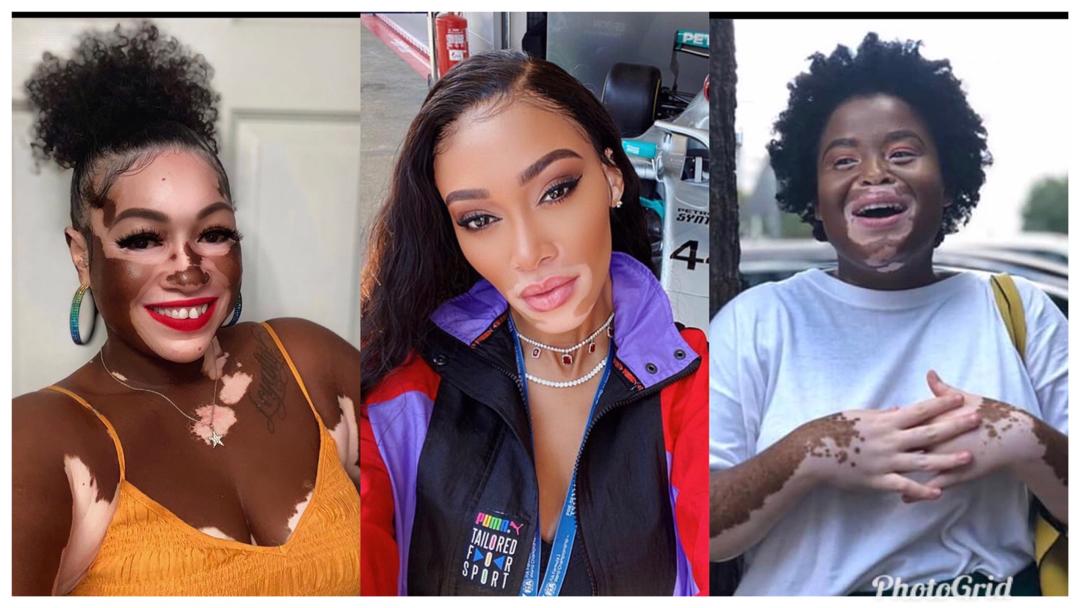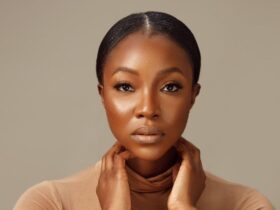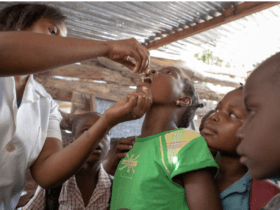
Vitiligo can be defined as a skin disease where pale white patches start forming on the skin due to a lack of melanin, a skin pigment.
If you have vitiligo in a place that has hair, the hair on your body may also turn white. A common misconception about vitiligo is that it is contagious.
In Nigeria, at least 844,000 people one-half of 1 percent of the population have the condition, according to the Vitiligo Research Foundation, a nonprofit organization based in the United States.
Nigeria has the highest number of people with vitiligo in Africa. Statistics also show that Nigerians living with Vitiligo suffer discrimination from their peers.
Every June 25, World Vitiligo Day is celebrated to create awareness for people with vitiligo worldwide.
This year’s theme is ‘Awareness, Love, Respect, and Care’.
Here are some things to know about Vitiligo.
Causes of Vitiligo
Although there are a number of theories, the causes aren’t completely understood.
Autoimmune disorder: The affected person’s immune system may develop antibodies that destroy melanocytes.
Genetic factors: Certain factors that may increase the chance of getting vitiligo can be inherited. About 30% of vitiligo cases run in families.
Neurogenic factors: A substance that is toxic to melanocytes may be released at nerve endings in the skin.
Self-destruction: A defect in the melanocytes causes them to destroy themselves.
Symptoms of Vitiligo
Vitiligo often starts with losing pigment quickly in several areas of your skin.
After the white patches appear, they may stay the same for a while, but later on, they might get bigger. You may have cycles of pigment loss and stability.
Vitiligo often affects body folds (such as armpits), places that have been injured in the past, and areas exposed to sun, around moles, or around body openings. It can also affect eyelids and hair.
Risk Factors
Asides from having white patches form on the skin, there are certain other risk factors associated with this disorder like inflammation in the iris, loss of hearing, and sunburn.
Treatment of Vitiligo
Vitiligo treatments vary, it depends on the kind of treatment the specialist finds suitable.
These treatments include medicated creams and ointments for skin, oral medicines, medicine, and phototherapy as a combined treatment, surgical treatments like, skin grafts and tattooing small areas of skin, sunscreens, counseling, and support.

















Leave a Reply